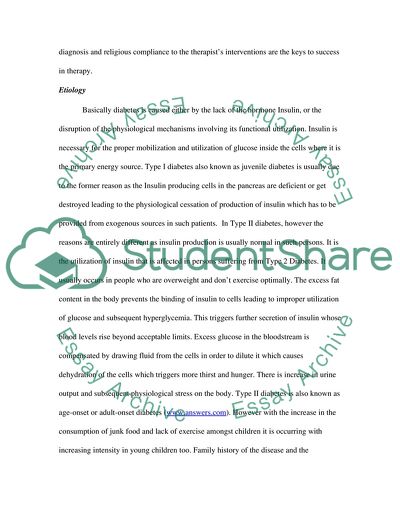Cite this document
(How Type 2 Diabetes Affects Nutrition for People Age 65 and Older Essay, n.d.)
How Type 2 Diabetes Affects Nutrition for People Age 65 and Older Essay. https://studentshare.org/health-sciences-medicine/1716133-how-type-2-diabetes-affects-nutrition-for-type-2-diabetic-people-age-65-and-older
How Type 2 Diabetes Affects Nutrition for People Age 65 and Older Essay. https://studentshare.org/health-sciences-medicine/1716133-how-type-2-diabetes-affects-nutrition-for-type-2-diabetic-people-age-65-and-older
(How Type 2 Diabetes Affects Nutrition for People Age 65 and Older Essay)
How Type 2 Diabetes Affects Nutrition for People Age 65 and Older Essay. https://studentshare.org/health-sciences-medicine/1716133-how-type-2-diabetes-affects-nutrition-for-type-2-diabetic-people-age-65-and-older.
How Type 2 Diabetes Affects Nutrition for People Age 65 and Older Essay. https://studentshare.org/health-sciences-medicine/1716133-how-type-2-diabetes-affects-nutrition-for-type-2-diabetic-people-age-65-and-older.
“How Type 2 Diabetes Affects Nutrition for People Age 65 and Older Essay”. https://studentshare.org/health-sciences-medicine/1716133-how-type-2-diabetes-affects-nutrition-for-type-2-diabetic-people-age-65-and-older.


